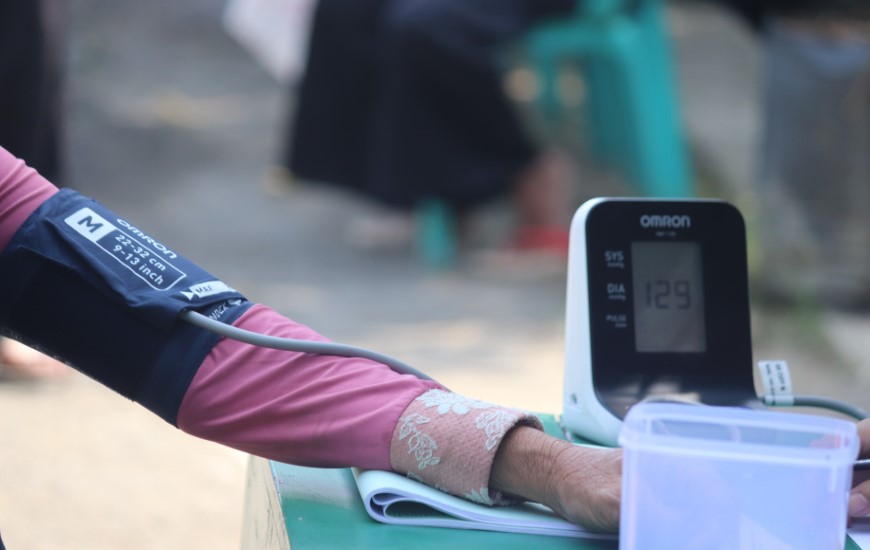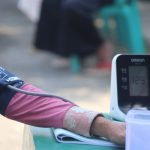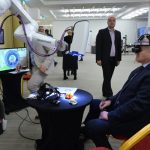
Doctors at Queen Mary University of London and Barts Hospital, and University Hospital Cambridge, led research using a new type of CT scan to illuminate tiny nodules in the hormone gland and treat high blood pressure by removing them. Nodules are detected in one in twenty people with high blood pressure.
Published today in Nature Medicine, the research solves the 60-year-old problem of how to detect hormone-producing nodes without a difficult catheter study that is available in only a few hospitals and often fails. The research also found that, when combined with a urine test, the scan detected a group of patients who were off all blood pressure medication after treatment.
128 people took part in the new scan after doctors discovered their hypertension (high blood pressure) was caused by the steroid hormone aldosterone. Scans show that in two-thirds of patients with elevated aldosterone secretion, it comes from a benign nodule in just one of the adrenal glands, which can then be safely removed. The scan uses a very short-acting dose of metomidate, a radioactive dye that sticks only to the aldosterone-producing nodule. The scan was as accurate as the old catheter test, but quick, painless and technically successful in every patient. Until now, the catheter test has not been able to predict which patients will be completely cured of hypertension by surgical removal of the gland. In contrast, a combination of a ‘hot nodule’ scan and a urine steroid test revealed 18 of 24 patients who had achieved normal blood pressure without using all their medication.
The research, carried out on patients at Barts Hospital, University Hospital Cambridge, and Guy’s and St Thomas’s, as well as the universities of Glasgow and Birmingham, was funded by a partnership between the National Institute for Health and Care Research (NIHR) and the Medical Research Council (MRC). Bart’s Charity and the British Heart Foundation.
Professor Maurice Brown, co-senior author of the study and professor of endocrine hypertension at Queen Mary University of London, said: “These aldosterone-producing nodules are very small and easily overlooked on a regular CT scan. When they light up a few minutes after our injection, they reveal is an obvious cause of hypertension, which is often treatable. Until now, 99% have never been diagnosed due to the difficulty and unavailability of tests. We hope this will change.”
Professor William Drake, one of the study’s senior authors and professor of clinical endocrinology at Queen Mary University of London, said: “This study is the result of many years of hard work and collaboration between centers across the UK. The energy and drive in the field came from talented researchers who, in addition to doing this innovative work, selflessly gave of their time and energy during a national pandemic emergency. The future of research in this area is in very safe hands.”
In most people with hypertension (high blood pressure), the cause is unknown, and the condition requires lifelong medication. Previous research by a group at Queen Mary University found that in 5-10% of people with hypertension, the cause is a gene mutation in the adrenal glands, which leads to overproduction of the steroid hormone, aldosterone. Aldosterone causes salt retention in the body, increasing blood pressure. Patients with excessive levels of aldosterone in the blood are resistant to treatment with the most commonly used hypertension drugs and are at increased risk of heart attack and stroke.



